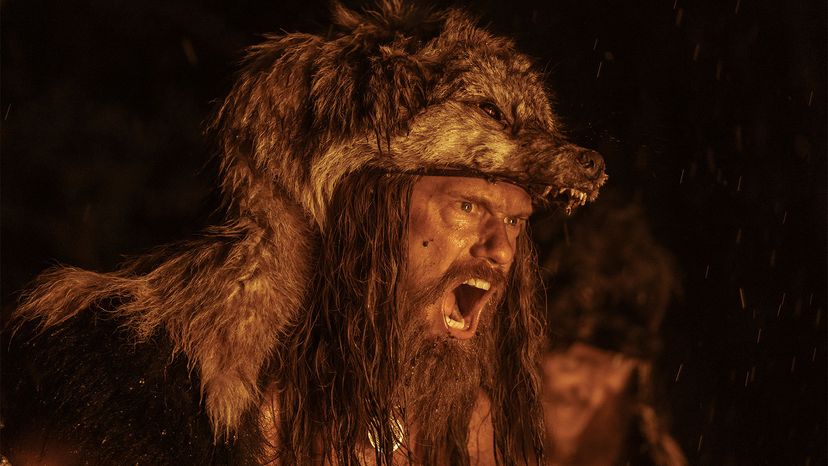
Last weekend, Americans spent $12 million at the domestic box office to watch Alexander Skarsgård play a Viking.
Not just any Viking, mind you. In "The Northman," a new historical fantasy movie from director Robert Eggers, Skarsgård gives it his all as the fabled hero, Amleth.
Advertisement
For those unfamiliar with Amleth, here's a quick introduction.
Though it is unclear whether Prince Amleth actually existed, legend has it that he was the son of a Scandinavian ruler. One day, Amleth's prosperous father was killed by his own brother. Adding insult to injury, the murderous uncle went on to marry Amleth's newly widowed mother. The coup set the stage for a violent tale of madness and revenge.
Does any of that ring a bell?
If your answer is "no," then your high school drama teacher would like a word.
Advertisement














